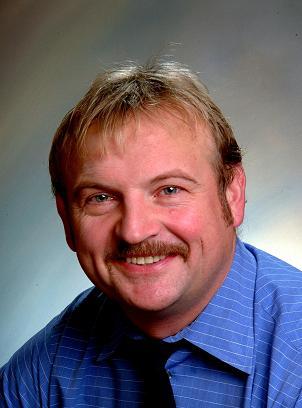

 Reference Site Map |
|
|

The Bone Densitometry or Bone Mineral Density (BMD) Test is an x-ray designed to measure how much calcium is in the bone. It is not painful at all, but does require a small radiation dose. Newer machines have been developed to use sound waves to perform the same thing. Measures are taken at the hip, lower back and wrist. The results compare you to other people in your age bracket. Osteoporosis is defined when you have less bone density than 90% of your peers. The stage before this is called osteopenia.
Osteoporosis is a silent disease leading to a decrease in bone mass and deterioration of the bone structure. It produces a fragile state that increases your chances of fracture. It should not be confused with osteoarthritis, which refers to a degenerative process within the joint. Osteoporosis is the leading cause of hip fractures in the elderly, and affects mostly women. The literal translation means porous bone. Our bones are in a constant state of growth, absorption and remodeling. The body requires nutrients, minerals and hormones for this to occur. Chief amongst these is calcium phosphate, vitamin D, collagen and estrogen. More than 99% of body calcium is in the bones. In the first 30 years of our lives we tend to gradually build bone. Maximizing nutrition and exercise during our growing years can be preventative. The balance then reverses and we slowly lose bone. Small thin-boned women are at greater risk. Estrogen is an important hormone for bone growth, and menopause accelerates losses and the potential for osteoporosis. There is a definite role for genetics in this disease, because we do see family clusters. Interestingly, smoking and alcohol overuse also increase bone loss as does a sedentary life style, use of steroid medications, and space travel. Astronauts living in zero-gravity conditions start to lose bone mass immediately. Bone Density Screening tests usually begin at about age 50.
Treatment begins with adequate intake of calcium and vitamin D. Dairy products and calcium supplements are mainstay. Menopausal women need over a 1000 mg of calcium daily. This includes the calcium in your food. We treat the osteoporosis state because of the pain and morbidity associated with fractures. Estrogen has been the mainstay of treatment, but has encountered some controversy. Raloxifene is a newer estrogen receptor modulator, which can prevent bone loss. We now also employ other ways of reversing the process. Biphosphonates such as Actonel increase bone density. Calcitonin is a naturally occurring hormone that is used as a nasal spray and can regulate bone metabolism. But one of the most useful strategies is to prevent falls in our elderly. Many of my coroner investigations involving the elderly begin as a fall. Providing adequate support rails, walking aids and assistance to our golden and cherished population is a good way to start.
Related resources: